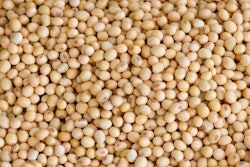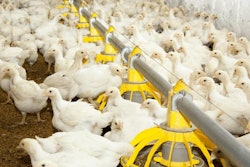
I have been revising formulas for pigs and poultry since 2000. During this time, I recall two incidents that have created a great impression on me.
The first was someone soliciting free advice who showed me a long piece of paper (legal size, for those familiar with U.S. paper terminology) that contained over 100 ingredients for one single formula. Most of them were additives, and I have a witness who actually counted them! When I asked the interested party why so many additives, he answered that he wanted to be sure he does not miss anything by all those new technologies. So, he used everything. The end result was that the animals did not eat the feed, which was super expensive.
The second was someone else who valued my opinion enough to pay me for consulting. She was using over 40 ingredients and, again, most of them were additives. When I asked (again) why, she replied that this was an old formula that she inherited from the previous nutritionist, who had told her that he had inherited from his predecessor and so on. The problem was that each person was adding the additives of their times, without touching anything else. Again, animals did not like the feed, and customer also disliked the price!
I have seen other formulas, less impressive, and some copied directly from books that I own and are over 50 years old now. And let me not forget that big nutrition company that had created their own energy system, but they did not know who and how this system was created.
Take home message for this week: fight formulation inertia. Formulas are alive, and they must be updated at regular intervals. How often is a matter of taste, necessity and opportunity. Doing nothing for what controls as much as two thirds of production cost is just not good enough!

















